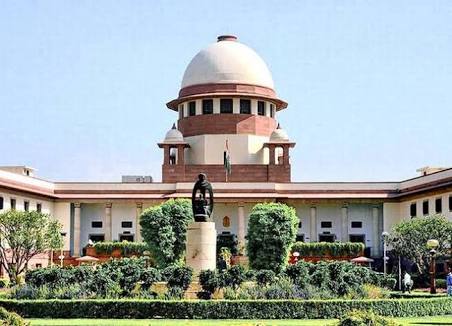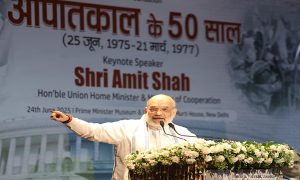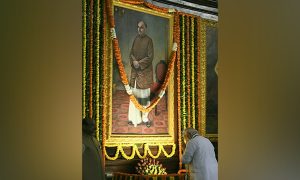The ‘Yes’ by the Supreme Court to Live streaming of proceedings of the Court is, in effect, a big ‘Yes’ to all the noble efforts of making the Judiciary – people friendly. This has opened the massive doors of Law wider to the masses whose only hope today is the seat of Justice. And to our joy and satisfaction, the Court of our Land has mercifully stood by the common man in his never ending struggle for equality, liberty and justice.
The debate over allowing the live streaming is neither new nor unique and many countries are still not being able to decide about it either way. The arguments for and against the proposal keep mounting while nothing concrete has emerged so far to settle the issue once for all. However, the U.K. and the U.S. have moved a little towards implementing it – though with conditions attached to it. Canada, Australia, New Zealand, Brazil and Germany have, it is said, allowed live streaming anyway though the success or failure of the exercise is not known.
In India, it all began when Smt Indira Jaisingh, Snehil Tripathi – a practitioner, a few students of Law, and an NGO by name ‘Centre for Accountability and Systemic Change’ filed petitions before the Supreme Court with a fervent plea that the affairs of the courts be made open to citizens at large.
Arguments put forth by petitioners were mainly to open the doors of justice to the common man while the verdicts on cases of public interest or on issues of national importance are pronounced. The NGO stoutly argued for the common man and strongly insisted on bringing the court room live to the public at large.
The students of Law pleading on behalf of the interns opined that Live streaming would provide a better knowledge and understanding of a Trial. The counter arguments could not cut much ice because basically nobody was against it and as a rare incident of unity among themselves, almost entire legal fraternity stood in support of the progressive idea.
The Bench of the Supreme Court, sensing a near unanimous view, came out in support of the move and expressed its nod to implement the idea in a phased manner with restricted access. With a view to safeguard the public interest and maintain the highest standards of the judicial system, the Apex Court held that the Court was willing to bring in the concept of ‘open court’.
The Bench observed – ‘Live streaming is a significant instrument of enhancing the accountability of judicial institutions and of all those who participate in the judicial process. Above all, ‘Sunlight’ is the best disinfectant’.
“Live streaming as an extension of the principle of open courts will ensure that the interface between the hearing in a Court and virtual reality will result in the dissemination of information in the widest possible sense imparting transparency and accountability to the judicial process’’ – thundered Justice Chandrachud.
It is learnt that reasonable restrictions are to be placed in consonance with recommendations of the Attorney General shri K.K.Venugopal.
Only cases of constitutional and national interest would be considered at present subject to structural guidelines. Naturally, cases of sensitive nature would be kept out for obvious reasons.
To begin with, the Apex Court has decided to introduce this on a pilot basis, in the Supreme Court and will gradually extend the facility to the lower courts. This plan is too special in the sense that it would not cost much in terms of installation of infrastructure since video recording is the most easily available, affordable technology in any part of the world.
The court room proceedings, which remain alienated, would now be connected through live stream and this would enable the people concerned to have the first hand experience of what is happening inside the hall and what is being exchanged in their names. The very feel of the proceedings being watched by many would ensure professionalism of the counsels in presenting the case to the satisfaction of the clients.
According to Zhou Qiang,the Head of China’s Supreme People’s Court, the streaming site will better safeguard people’s right to know and supervise but its value could go well beyond that, by helping Chinese citizens get a glimpse of what is going on inside their country, beyond the filter of state controlled media.
It is also going to help people learn how the legal system operates here and it would not take enthusiastic observers long to work out that the defendant almost always loses.
This is from China. It has allowed live streaming though political trials are still kept secret.
If an authoritarian country like China could do it, why do not we do? A healthier change is bound to bring happier days. Indian Judiciary system and the people of India would be better served by the live streaming of the court proceedings. Let us all rejoice the fact that the Indian Courts, very soon, are going to be ‘Lively’and…, we can never ask for more!
Author(s)
- Deepika Sathish & Baskaran Krishnamurthy
- Freelancewriter from BK forum for Gandian writers, Chennai.
- [email protected]




























 WhatsApp us
WhatsApp us